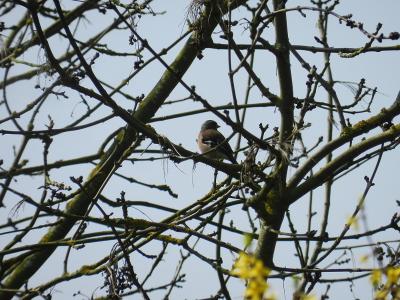 The Royal Society for the Protection of Birds (RSPB) has been involved in setting up and fund-raising for numerous projects throughout the UK for years, with the aim to help slow down the rate of decline in bird species and other animals too, whilst also helping to maintain and protect their habitats.
The Royal Society for the Protection of Birds (RSPB) has been involved in setting up and fund-raising for numerous projects throughout the UK for years, with the aim to help slow down the rate of decline in bird species and other animals too, whilst also helping to maintain and protect their habitats.One of their latest ventures is the Woodland Biodiversity Project which aims to kick-start the appropriate management of woodland areas so that owners can continue to manage them effectively in the future. Along with giving advice to owners on how to manage their land to benefit local wildlife, the RSPB are also assisting owners with Forestry Commission grants that are available.
It is the hope that this project will not only help our native wildlife but also local economies that can build on the sustainable management of their woodland areas. Since the project began in 2009, owners that manage a combined total of 16,000 hectares have received advice on how they can implement and improve their woodland management systems.
So, why is it so important to work on better ways to manage our woodland habitats? Well firstly, many birds that are dependant on woodland are currently in decline, for example, the population of Willow Tits in the UK saw a decline of 91 percent between 1967 and 2010 which is shocking. Other woodland species including bats, butterflies and woodland flowers have also seen drastic declines in population numbers in recent years.
Many of these declines are thought to be associated with a decline in the management of woodland habitats as many owners have not re-instated management of the woods on their land due to the initial costs of putting such a structure in place. The RSPB hopes that this initiative will help to increase the management of privately owned woodland to provide a safe and sustainable eco-system for local species to thrive.
To find out more about the Woodland Biodiversity Project, please click here.

